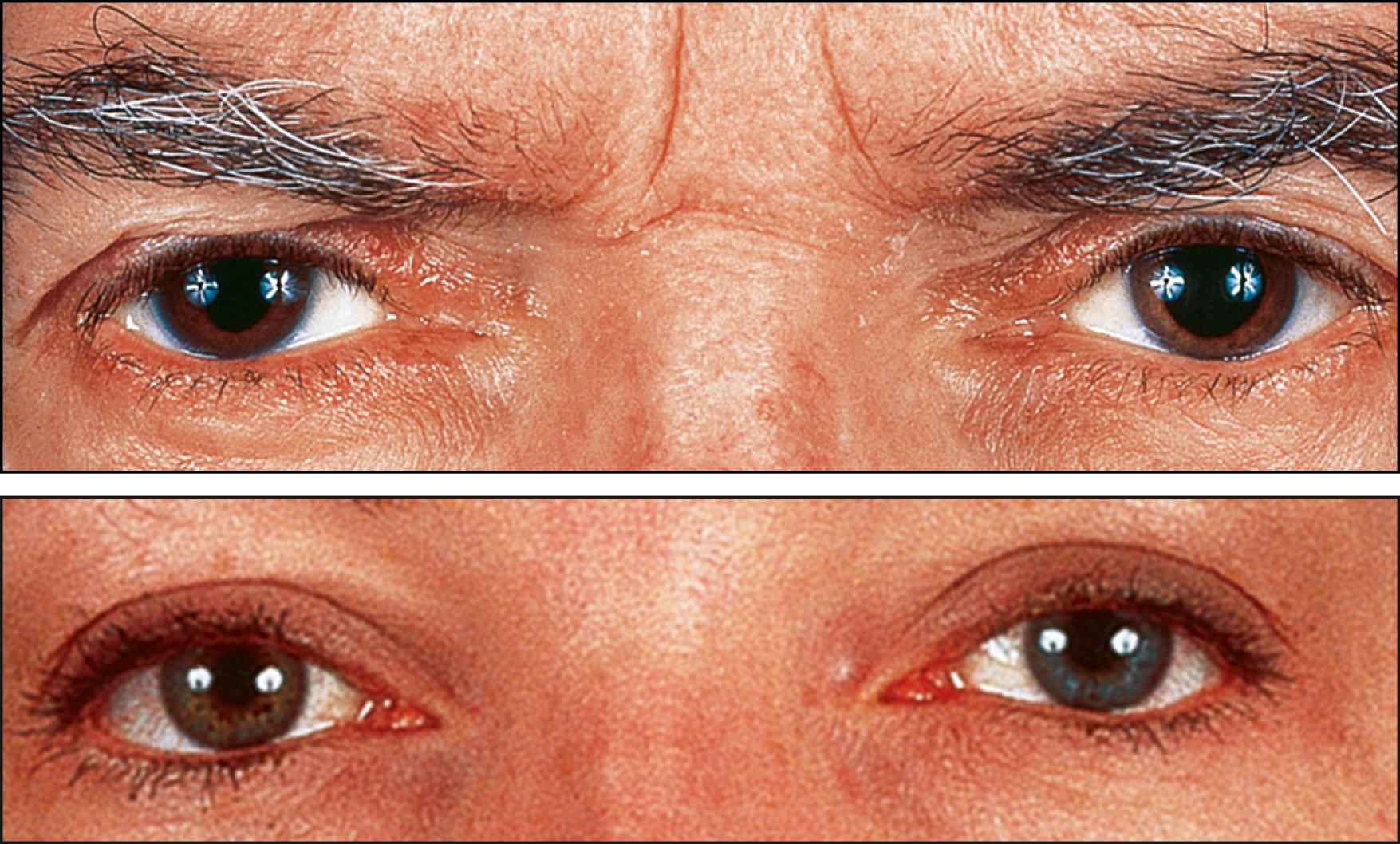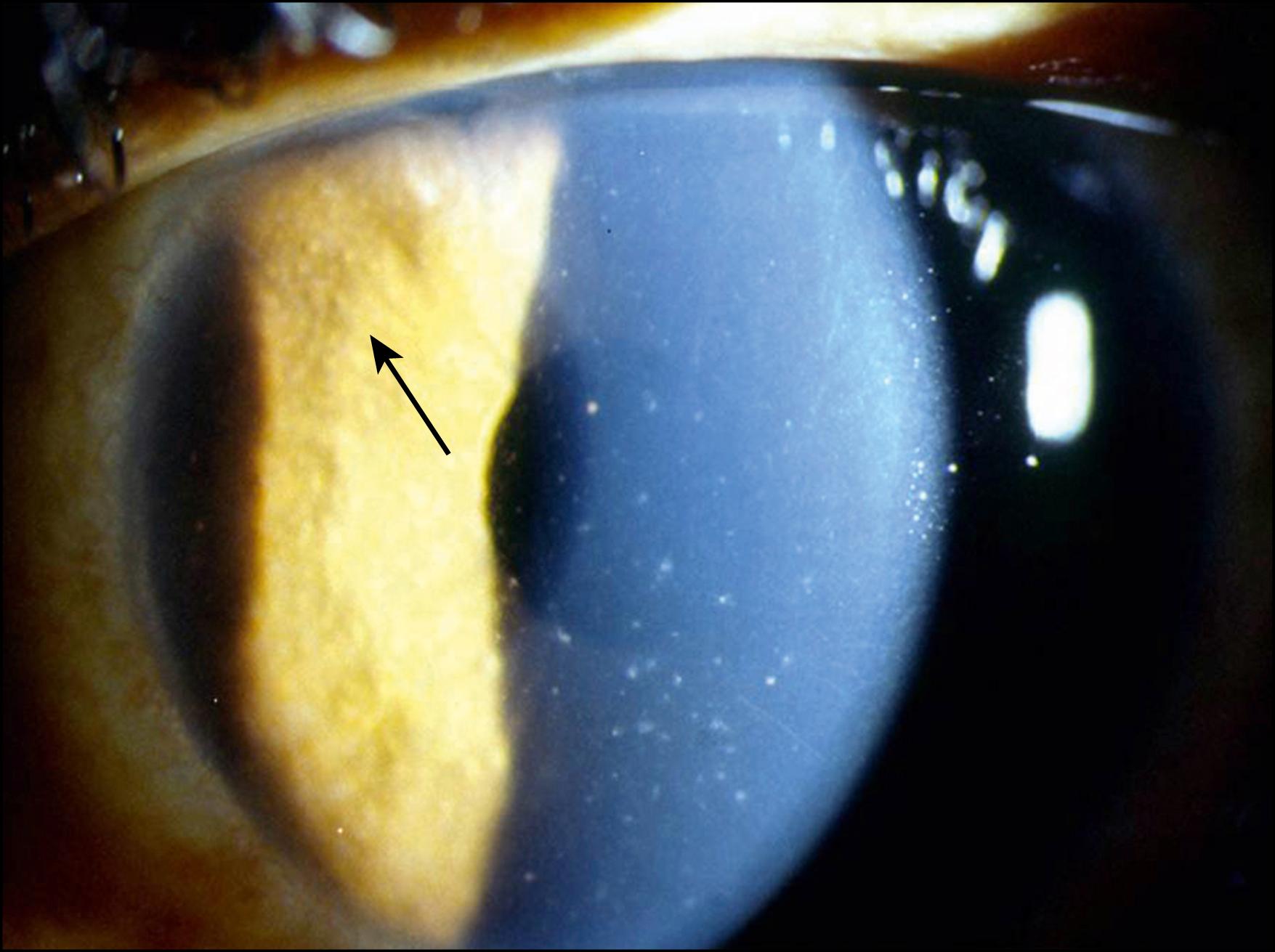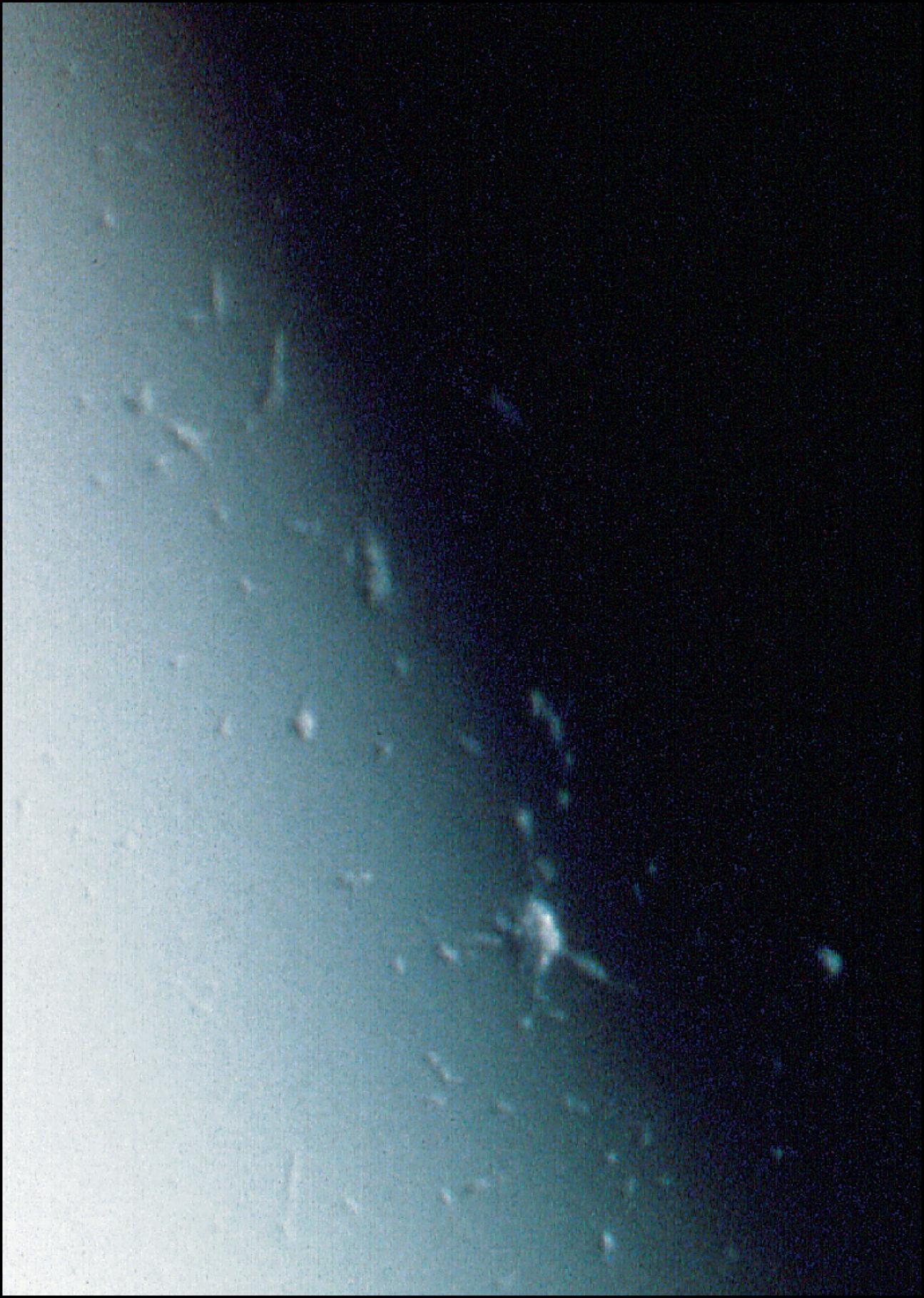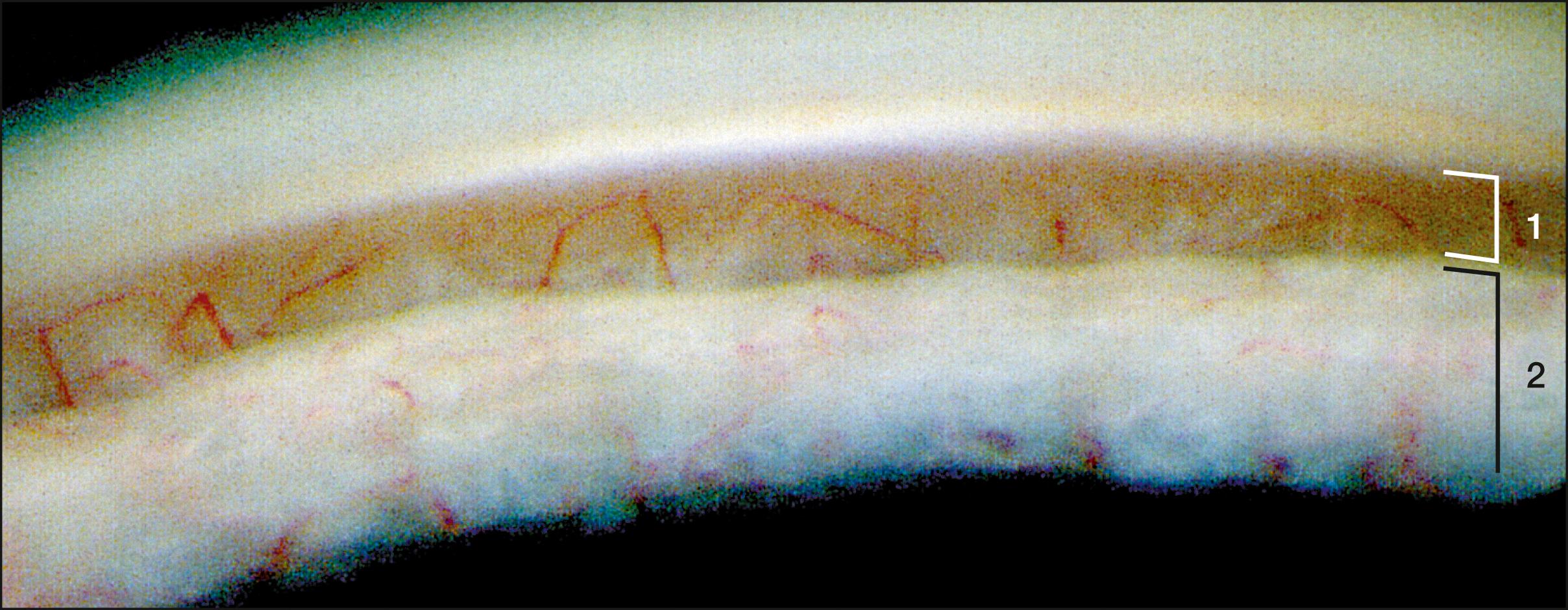Physical Address
304 North Cardinal St.
Dorchester Center, MA 02124
Fuchs uveitis syndrome (FUS) is a chronic iridocyclitis that may be underdiagnosed and over treated.
The diagnosis is clinical, with characteristic features.
A viral etiology is suspected, with rubella virus and cytomegalovirus as primary candidates.
The inflammation in FUS rarely necessitates treatment.
Cataract and elevated intraocular pressure are frequent complications.
The prognosis in FUS is generally excellent.
Fuchs uveitis syndrome (FUS) is a form of chronic iridocyclitis with distinctive clinical findings. Its features typically include: (1) unilaterality, (2) characteristic keratic precipitates, (3) iris heterochromia (although this may be hard to appreciate in darker irides), (4) lack of synechiae, (5) early-onset cataract, (6) vitreous cells and strands, and (7) lack of fundus pathology. While a multitude of names have been used to refer to this entity, including Fuchs heterochromic iridocyclitis, this chapter will use the nomenclature preferred by the Standardization of Uveitis Nomenclature (SUN) Working Group. ,
Fuchs uveitis syndrome is usually unilateral, although 7%–15% of cases are bilateral. It accounts for approximately 2% of uveitis cases. FUS tends to be asymptomatic initially, with the diagnosis made on routine examination or when the patient seeks attention due to reduced vision, floaters, or unrelated complaints.
FUS is typically characterized by differently colored irides, although iris heterochromia is not always present. Gross inspection with diffuse white lighting is the most sensitive method of observing heterochromia. On slit lamp examination, subtle iris atrophy may be seen in the involved eye (secondary to stromal atrophy), with loss of anterior stromal details and iris crypts. The amount of heterochromia varies considerably and is usually more obvious in Caucasian patients than in African American or Asian patients. Heterochromia may not be obvious in bilateral cases in which the degree of iris change is similar. Generally speaking, the iris color of the involved eye is darker (bluer) in blue-eyed patients and lighter (less brown) in brown-eyed patients ( Fig. 107.1 ). In patients with gray eyes, the involved eye may appear greener. Occasionally, prominent iris vessels, inflammatory iris nodules, and iris crystals may be present ( Fig. 107.2 ). Anterior and posterior iris synechiae are not seen in the absence of prior surgery. Near-infrared scanning of the iris recently identified two patterns of autofluorescence, both specific to FUS: a petaloid pattern in the pupillary zone and a reticular pattern in the ciliary zone.


The most characteristic corneal sign of FUS is the appearance of the keratic precipitates (KP), which are white in color and small- to medium-sized. The KP tend to be stellate in shape and may be interconnected by fine fibrin bridges ( Fig. 107.3 ). In vivo confocal microscopy led to the identification of dendritiform and stippled KPs as highly characteristic features of FUS. They are almost always present above the corneal midline and are usually evenly scattered over the entire endothelium. In most other forms of chronic anterior uveitis, KP concentrate inferiorly. Herpetic uveitis may also demonstrate diffusely distributed stellate KP.

The anterior chamber usually has a mild to moderate inflammatory reaction. Fine blood vessels may be seen bridging the angle on gonioscopy ( Fig. 107.4 ), which may bleed during anterior chamber paracentesis or cataract surgery (Amsler-Verrey sign). Posterior subcapsular cataract is a common complication (75% of patients), as is elevated intraocular pressure (up to 60% of patients). , , The intraocular pressure may be difficult to treat medically and may require surgical management.

Anterior vitreous strands or cells must be present to make the diagnosis of FUS, which is a form of iridocyclitis, not iritis, with cells in the vitreous emanating from the ciliary body. Classically, these patients do not develop cystoid macular edema in the absence of surgery. , Fundus fluorescein angiographic (FA) abnormalities have been described, including disc hyperfluorescence and midperipheral vascular leakage. Optical coherence tomography (OCT) performed in patients without clinical optic disc swelling may reveal peripapillary nerve fiber layer thickening in the affected eye compared with the fellow unaffected eye, even in the absence of optic nerve head hyperfluorescence or leakage on FA.
Become a Clinical Tree membership for Full access and enjoy Unlimited articles
If you are a member. Log in here